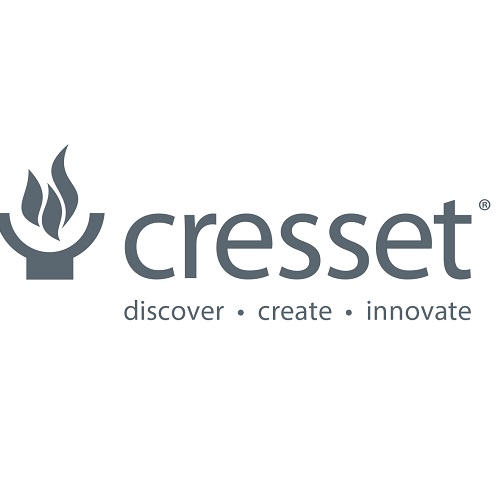Computational chemistry news from Cresset, February 2019

Comparing Forge’s command line utility to Blaze – which one should you use?
Here at Cresset we’re very interested in ligand-based virtual screening – it’s been a focus of the company ever since we started more than seventeen years ago. One of the things our customers ask from time to time is which application should they be using to do virtual screening? The simple answer is that there are two: Forge Blaze. Mark Mackey explores the differences between these applications and discusses where each should be used to best effect.
Designing new molecules in a web browser
Last year we discussed our research aimed at re-imagining molecule design to bring the best of 2D and 3D technologies together in a collaborative environment. Tim Cheeseright, describes how the project, code-named TorchWeb, is progressing and is now on the count down to a beta release, expected in the early summer of this year, with an initial release to follow in the autumn.
Publication: Electrostatic complementarity as a fast and effective tool to optimize binding and selectivity of protein-ligand complexes
We are delighted to announce that our work on Electrostatic Complementarity has just been published in the ‘just accepted’ section of J. Med. Chem. This revolutionary technology was introduced in Flare V2.0 and is receiving a lot of attention across our customer base. Find out the details of the method and its extensive validation in this J. Med. Chem. Paper.
Application of Spark in the discovery of potent SOS1 inhibitors that block RAS activation via disruption of the RAS-SOS1 interaction
Bayer AG recently published an interesting paper on the discovery of potent and selective SOS1 inhibitors that block RAS activation via disruption of the RAS–SOS1 interaction. Suneel Kumar, Applications Scientist, explores what the paper reveals about the use of Spark in this project.
Did you know ….
Flare
- All Flare functionality can be accessed from the command line: see Gitlab for more information.
Flare and Forge
- Use keyboard shortcuts 1, 2 and 3 to change the bond order when hovering over a bond in the Forge, Spark and Flare molecule editor. It’s quicker than clicking on the bond!
- You can convert numeric activity values to categorical activity values. Right-click on the Activity column header and choose ‘Activity & Model Manager’, then choose ‘Convert number to category’ under ‘Units’. This is useful for building machine learning classification models.•
Forge
- New Machine Learning methods in V10.6 significantly expand the range of available QSAR model building methods. QSAR classification models are useful to analyze categorical activty data, i.e., when the biological data take the form of qualitative labels (e.g., High, Medium and Low) or of activity ranges (e.g., % of inhibition data). See how to generate a QSAR classification model.
Upcoming events
March
- 2-3, OpenTox Asia, Hyderabad, India
- 20-23, 139th Annual Meeting of the Pharmaceutical Society of Japan, Chiba, Japan
- 24-26, 7th RSC-BMCS Fragment-based Drug Discovery, Cambridge, UK
- 31-April 4, 257th ACS National Meeting, Orlando, FL, USA•
April
- 4, UK QSAR Spring Meeting, Cambridge, UK
- 4-5, Protein-Protein Interactions, Leeds, UK
- 5, Applied Pharmaceutical Chemistry, Cambridge, MA, USA
- 9-11, Drug Discovery Chemistry, San Diego, CA, USA
- 10, SCI-RSC Workshop on Computational Tools for Drug Discovery, Birmingham, UK
- 10, Innovative Software for Molecular Discovery and Design, Bangalore, India
June
- 20-21, Cresset User Group Meeting, Cambridge, UK





















